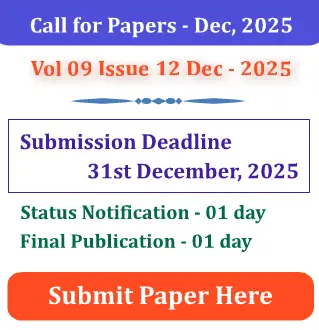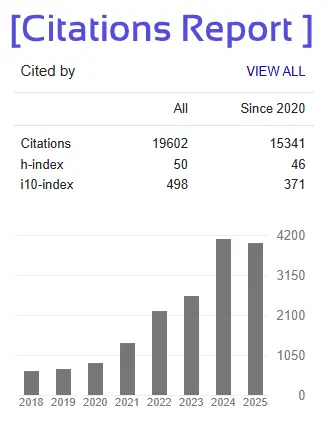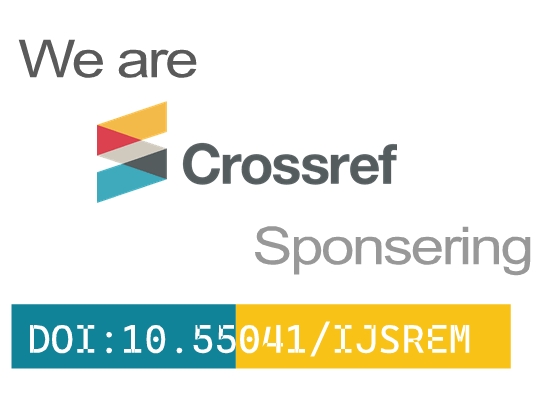Drinking Water Quality Awareness level of Birendranagar City Area, Surkhet District, Karnali Province, Nepal (A Case Study of Jhupra Khola WSP)
Pappu Kumar Raut1, Ramesh Subedi2
1Student, Graduate School of Engineering, Central Department of Civil Engineering, Mid-West University, Birendranagar, Surkhet
2 Senior Divisional Engineer, Ministry of Physical Infrastructure and Urban Development, Karnali Province
Abstract - This paper evaluated the public’s level of awareness on drinking water quality in Birendranagar City (Surkhet Valley), Surkhet District, Nepal, specifically focusing on users of the Jhupra Khola Water Supply Project. Using a survey of 96 respondents, the study employed descriptive statistics and Spearman rank correlation analysis. The study found a moderate general level of water quality awareness (mean=3.45, SD=0.52). The results showed that survey respondents exhibited high awareness related to both the sensory quality (such as color, odor, taste, and visible particles in the water) and the severity and experience of water quality issues. Respondents demonstrated moderate awareness in relation to practices and sources of drinking water, including frequency of supply, drinking tap water, and water treatment. Furthermore, correlation analysis indicated positive relationships; for instance, there was a very strong association between a consistent interval of supply and drinking tap water (r = 0.865). Perceptions of water quality issues were associated most strongly with water color (r = 0.887). However, preventive practices (covering water containers, treatment of water) exhibited little or no correlation with the sensory quality of the supply. In conclusion, the research has identified that baseline knowledge of water aesthetics in the area is high but recommends additional educational approaches to promote awareness of and to apply protective water management and treatment practices within the community.
Key Words: Water Quality Awareness, Birendranagar, Sensory Properties, Safe Water Practices







